PLAYING decidedly dark villains across different decades hasn’t dampened Gulshan Grover’s passion for dastardly roles. The legendary actor adds to his considerable body of work by playing an antagonist in this week’s megamovie release Indian 2.
He stars opposite cinema icon Kamal Haasan, who reprises the elderly heroic role he played so brilliantly in 1996 movie Indian.
The big budget blockbuster directed by acclaimed filmmaker Shankar sees Haasan’s character take on a new wave of evildoers working against his country.
Grover enjoyed playing an antagonist opposite Haasan and discussed the new film with Eastern Eye.
Basking in the London sunshine, he also spoke about the lack of great Bollywood villains today, secret of a good performance, importance of believing in what you do and his film producer son.
What did you like about Indian 2?
Firstly, it was a pleasant surprise to get a call that director Shankar wants me to play an antagonist opposite Kamal Haasan. Kamal has always been a dear friend of mine. We had first worked together in Sadma (1983), with Sridevi, where I played the bad guy. After that, we had done a few films, but this was a great chance of working together again. Shankar is a very passionate director, who makes mega movies. The role they offered me is wonderful.

What did you like about the role?
It is really well-written and part of a great story. The climax twist, which I cannot reveal, is fantastic. There is also a spectacular song shot in Bolivia on me, and about 200 models. That song’s situation and Kamal’s participation in it is so unique. Indian 2 has a flair and flamboyance that perhaps wasn’t there in the first film. There are subtle touches the director has given to my character, which I love. There is a great conflict between mine and Kamal Haasan’s character.
How does Indian 2 compare to the first film?
This is definitely made on a much bigger scale. Kamal plays the same character, but off course older.
He is ridiculed by those younger, who feel that ‘what will this old man do to me? He can’t protect himself. I’ll give him one slap and he’ll fall down’. But he has a strength and tremendous ability to handle any situation, which is fascinating.
Are there any stories from the set you can share with us?
Kamal Haasan and I were shooting on one of the biggest sets for about 20 days in Chennai, with green screen technology, and multiple monitors. We had such an interesting time, because we have been friends for so long. We had that comfort level to have open discussions about how the scene should be performed. He got the best out of me because of that collaborative effort.
What do you like about Kamal Haasan as an actor?
He is one of the greatest actors India has ever produced. He has the kind of tremendous diversity that no other actor has. He can play an old man or a younger protagonist, in any genre, from an emotional film to a big action entertainer. His versatility is remarkable and that shows in his incredible body of work.
What’s it like playing a villain again in a huge film?
Well, it’s interesting and I’m happy to do that. It’s right in my zone as an actor. I love it. I was particularly happy to work with a visionary director like Shankar. He’s very passionate. He will view what has been shot multiple times and if it’s not technically perfect, he has no qualms about recreating that moment and reshooting the entire scene. If something needs to be added to elevate a scene, he will do that. It was absolutely fantastic watching him work.
What’s the secret to playing a great villain on screen?
I think you have to believe in the wrong that you’re doing. Like, if the hero believes what he’s doing is right and will do anything to achieve his goal, including getting killed, the villain needs to believe what he’s doing is completely right. That belief brings out the best performance, even if it goes completely against what you think in real life.
In the past Bollywood has had iconic actors like Pran, Prem Chopra, Amjad Khan, Amrish Puri and yourself playing great villains. Do you think Bollywood is lacking those memorable villains or specialist actors able to play them?
There are none. It all ended with me. They stopped casting actors who specialise in villain roles and took something away from Hindi cinema. They started casting actors to generate headlines. Once they even cast Karan Johar as a villain and even director Anurag Kashyap. This has become gimmicky, as opposed to the past when you had great actors, who could add weight to the antagonist, to make it more believable.
So, do you feel like you are the last of the great villains?

Unfortunately, yes. The great villain roles are now not being written. They are more grey characters. Indian cinema needs great villains, and it will come back like everything else, like how certain kinds of old music is back. I feel hopeful there will be a new generation of actors, who will see the value in playing antagonists well and giving those definitive villains that are missing now.
What keeps your passion for cinema alive after hundreds of movies?
Well, the thing is, I’m not an actor by chance or fate. I’m an actor who has passionately worked hard because I love my craft. I love doing what it takes to be an actor. I constantly work on my craft. Having had exposure to global cinema and worked in it, I am still looking for ways to bring new elements into my performances, after so many decades of working in cinema. So, my passion grows with every project, even now, as I look for new challenges.
You have played hundreds of characters, but do you have a dream role?
I still have hundreds of characters I would love to play, not just one. So, there are many dream roles, because for many years, the villains have not been either portrayed well or they have not been there in the movie. There is a lot left to do.
Your son Sanjay Grover is now a respected movie producer. You must be proud that his movie Dear Jassi has won multiple awards?
I’m a proud father. My son’s first film produced by him with a Hollywood director, Tarsem Singh, won a prestigious award at the Toronto International Film Festival. Dear Jassi has won multiple awards in different festivals and international platforms. He is working on different projects and concentrating on global films.
What’s the best advice you have given to your son?
In today’s time, I don’t think youngsters need advice. He knows the importance of being passionate, true to your craft, true to your work and constantly evolving. You know, he sees that in his father. This has come to him by not preaching, but by him observing. You are technically a very good actor. But what do you believe is the secret of a good performance? A good performance isn’t about technology, technique, what has been taught in the acting school, written in the books or what’s on the internet. You just have to feel from within, really believe in the part and give your 100 per cent.
Does it sadden you that Bollywood films have not been doing well in recent years?
Oh, yes, it’s really disturbing that Bollwood films are not doing as well. And I think we’ve got swayed somewhere and took away the essence of entertainment in Hindi cinema. The industry will rise back up again.
But on the flip side, pan-Indian films like Indian 2 made in the south are doing brilliantly. Yes, absolutely.
It is great to see Tamil, Telugu, Kannada and other industries doing well. Indian 2 has been made with a tremendous amount of passion and it is aimed at all audiences. Kamal, aged nearly 70, starred in the biggest Tamil film hit last year. What he does is remarkable. For Indian 2, he would spend half a day getting into that look with all the prosthetics.
So overall, I think Indian cinema as a whole is in a good place. Do you think it will appeal to everyone?
Yes. You see, everyone feels a little disheartened and discontented because of how things are around the world, with certain people exploiting the system and robbing the country. Here is an old traditional man played by Kamal who says, no, don’t do this to the country. This is about trying to right some of those wrongs. So, it’s a universal subject.
How do you now feel before a film is released, after all these years?
I would say less worried. Just excited for the audiences to experience it.
Why should we watch Indian 2?
I think it’s the coming together of two geniuses. Genius actor, Kamal Haasan and genius director, Shankar. These are two reasons.
Finally, why do you love cinema?
I eat, breathe and live cinema.
Indian 2 is in cinemas now
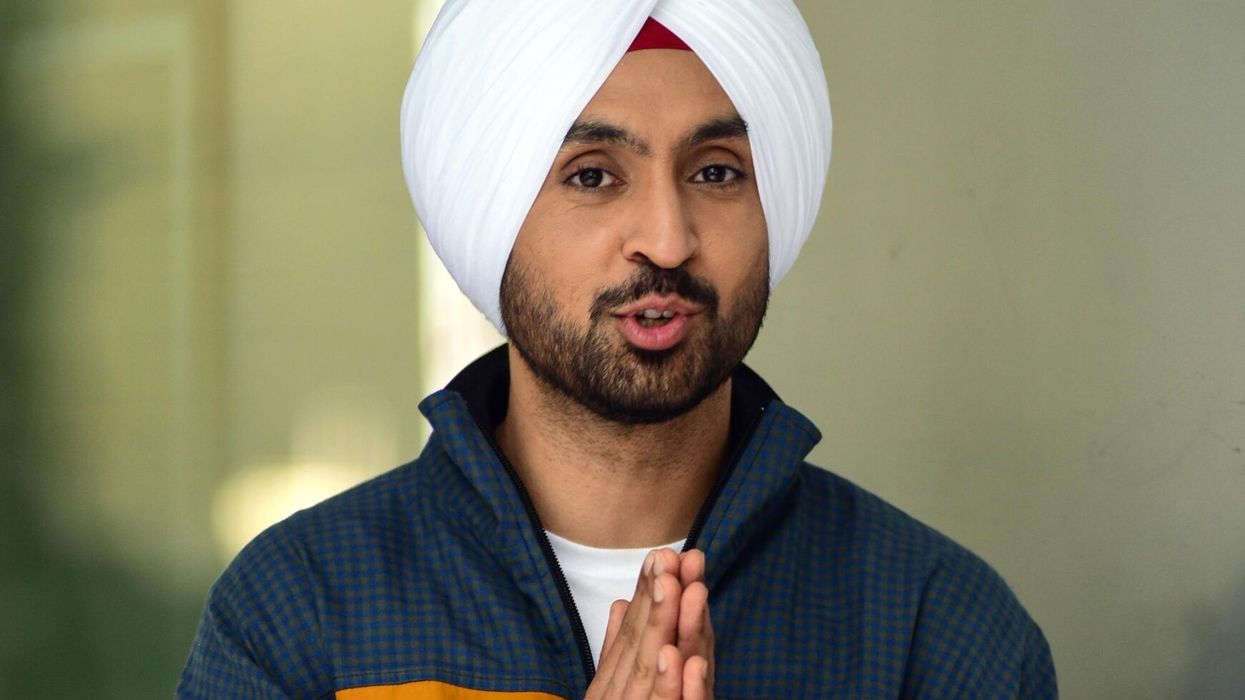
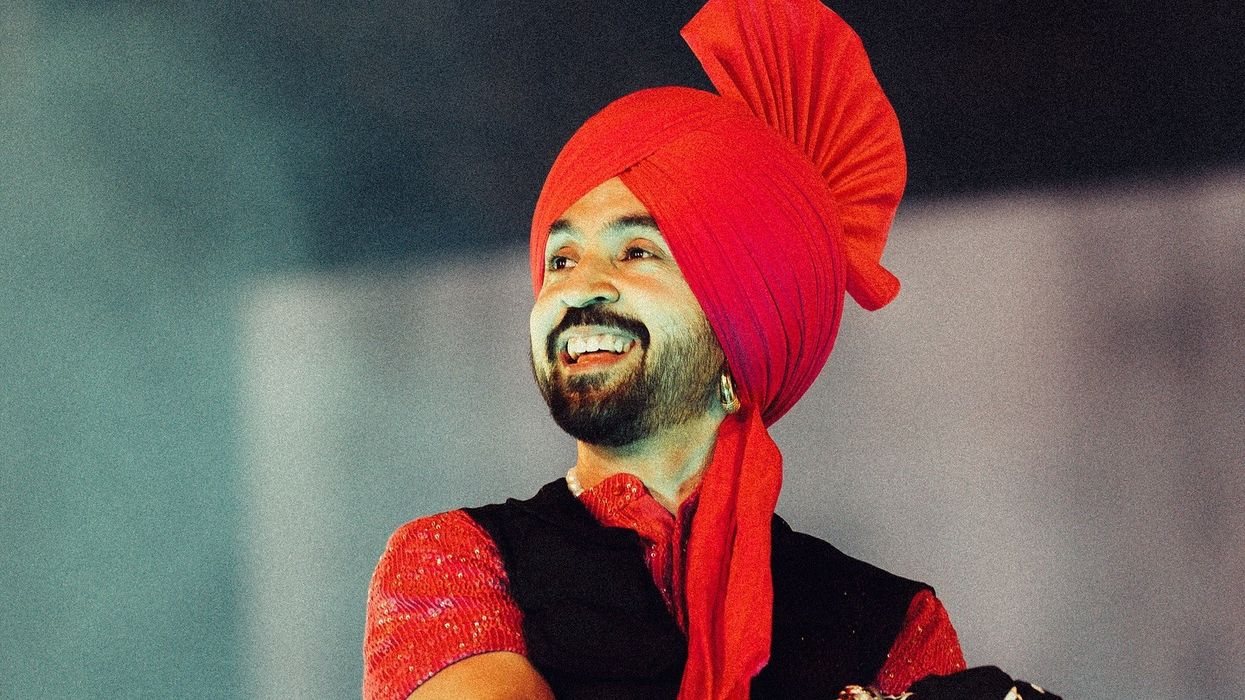
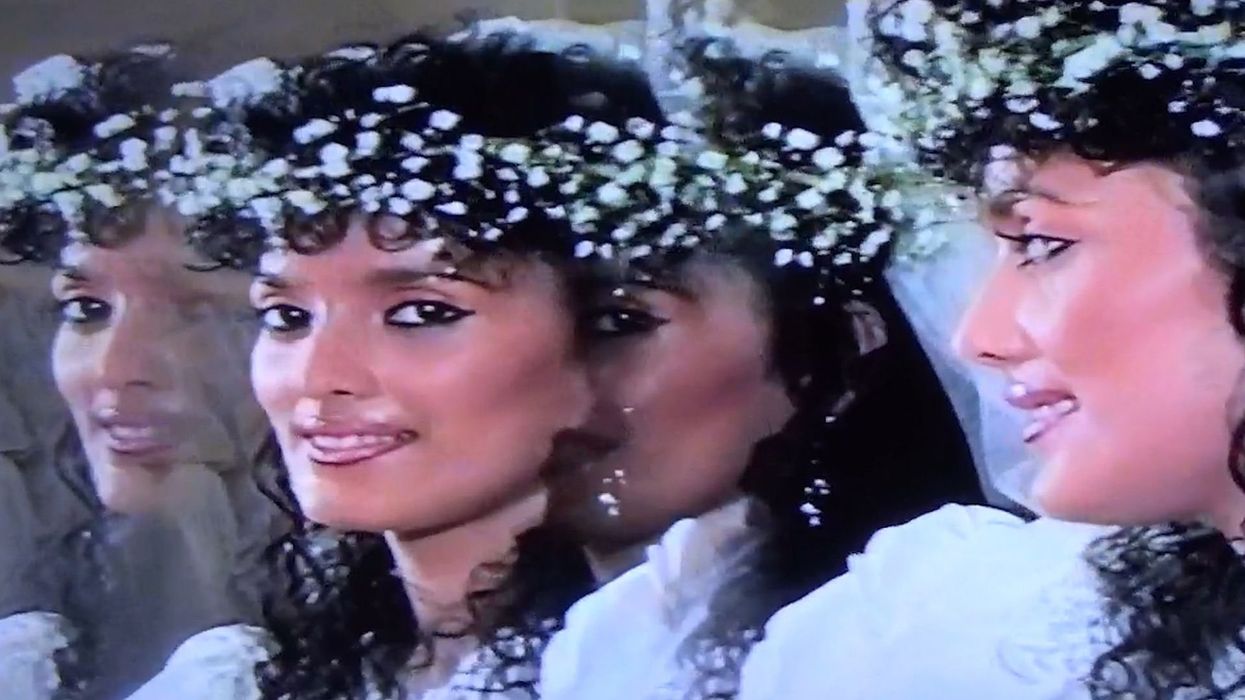
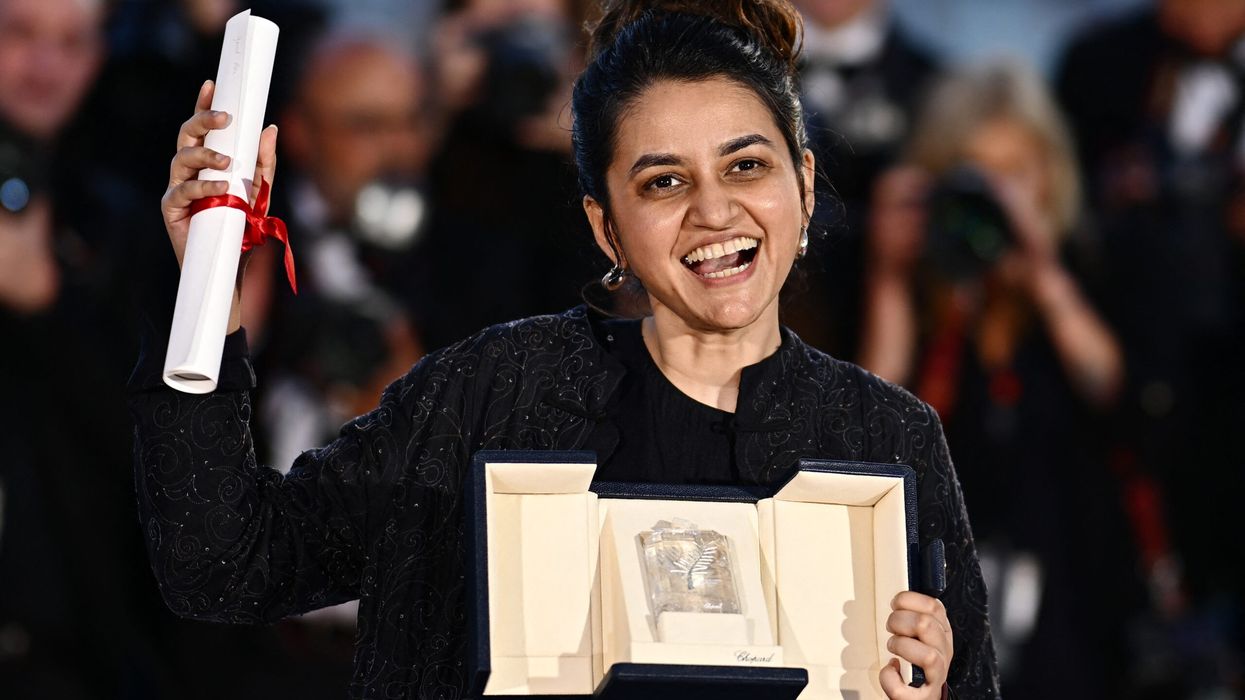
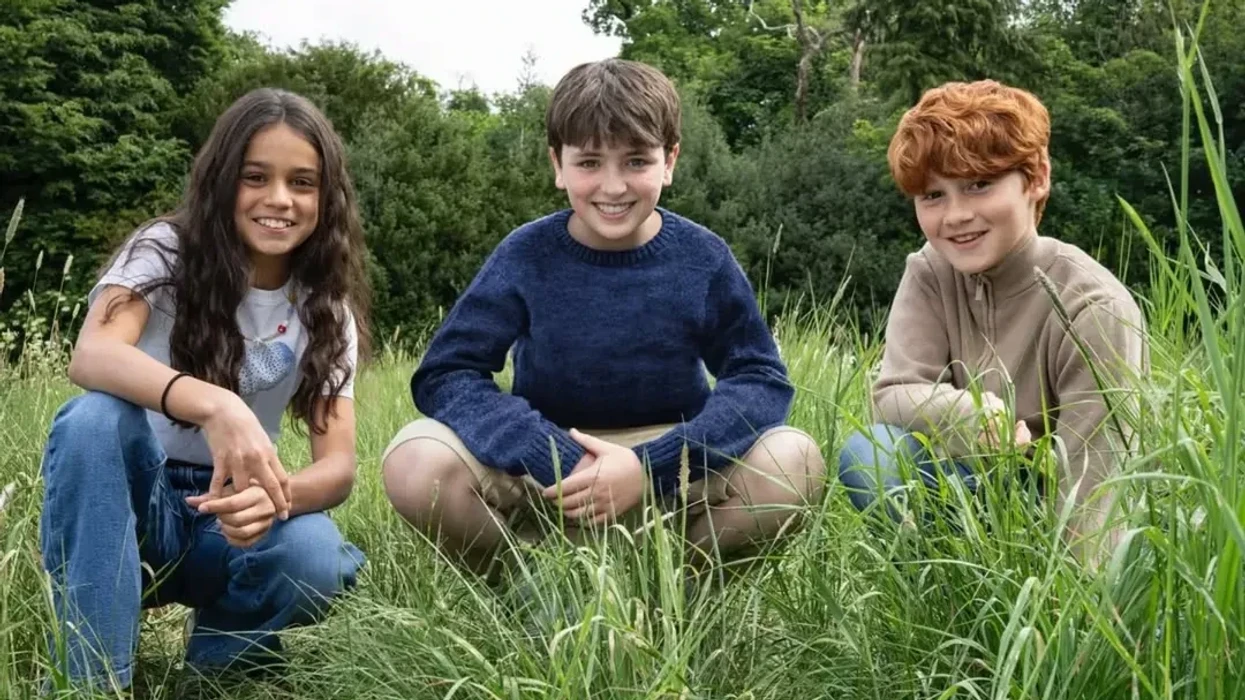
 The new Harry Potter series stars Arabella Stanton, Dominic McLaughlin and Alastair Stout Instagram/harrypotterhbonotofficial
The new Harry Potter series stars Arabella Stanton, Dominic McLaughlin and Alastair Stout Instagram/harrypotterhbonotofficial  The Harry Potter reboot becomes the most expensive TV show ever Amazon
The Harry Potter reboot becomes the most expensive TV show ever Amazon 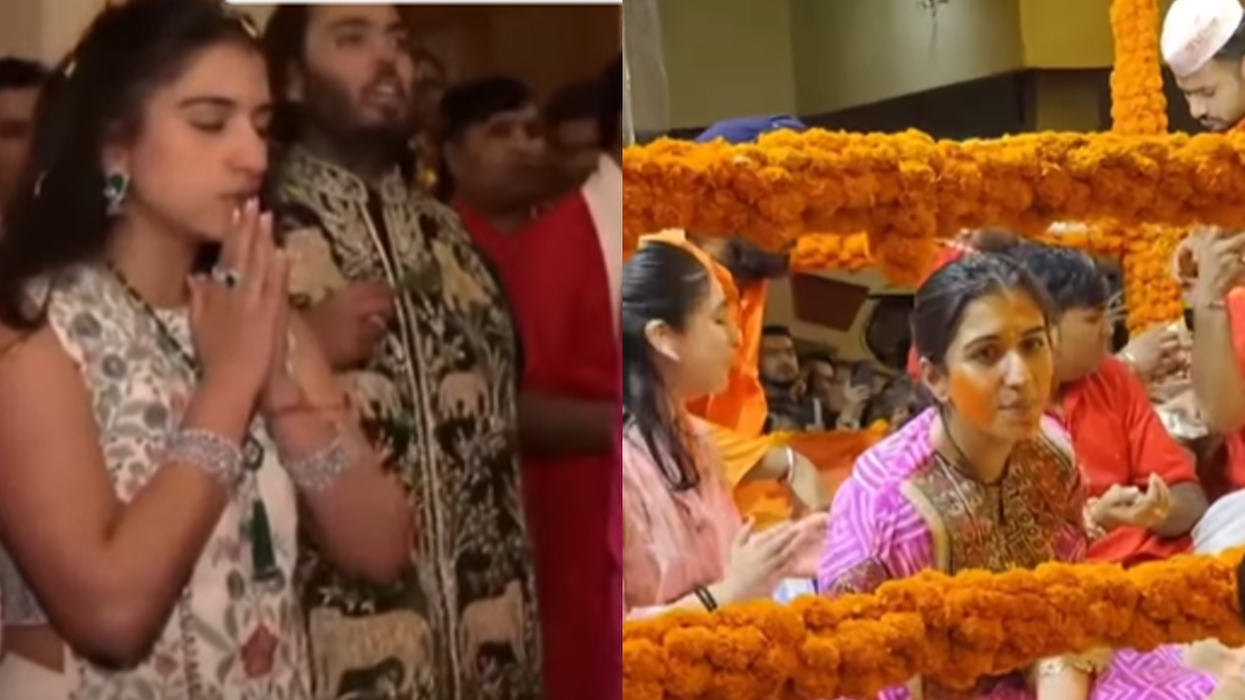
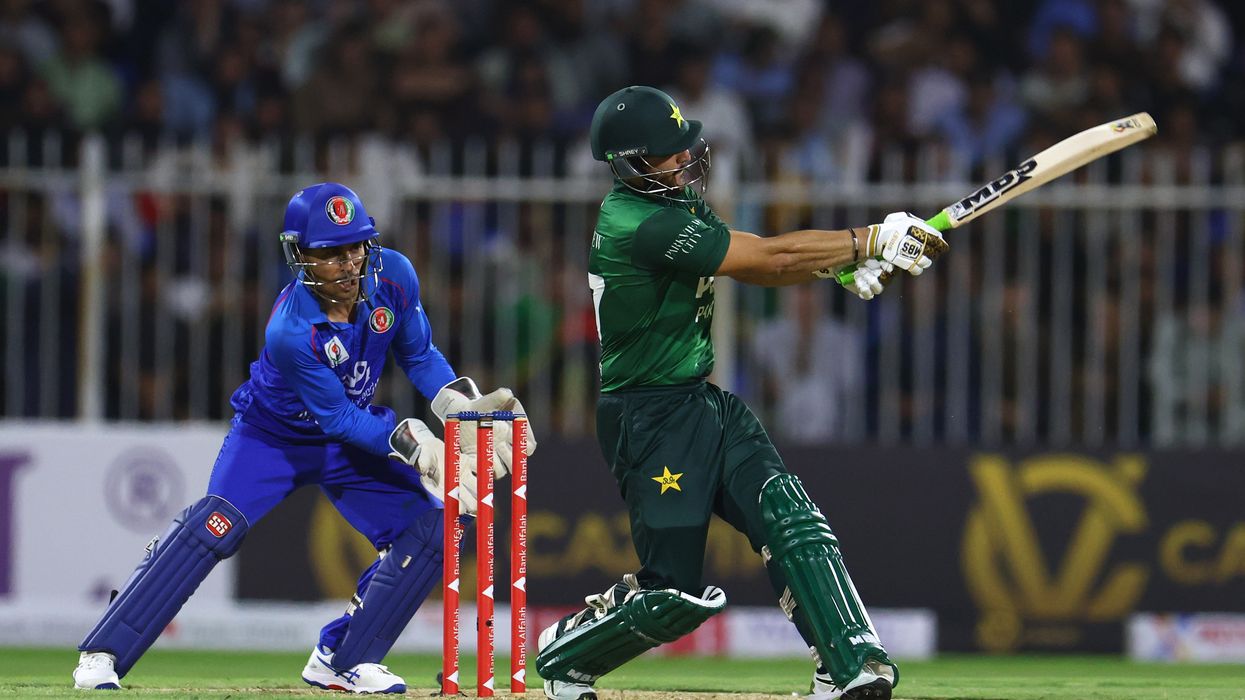

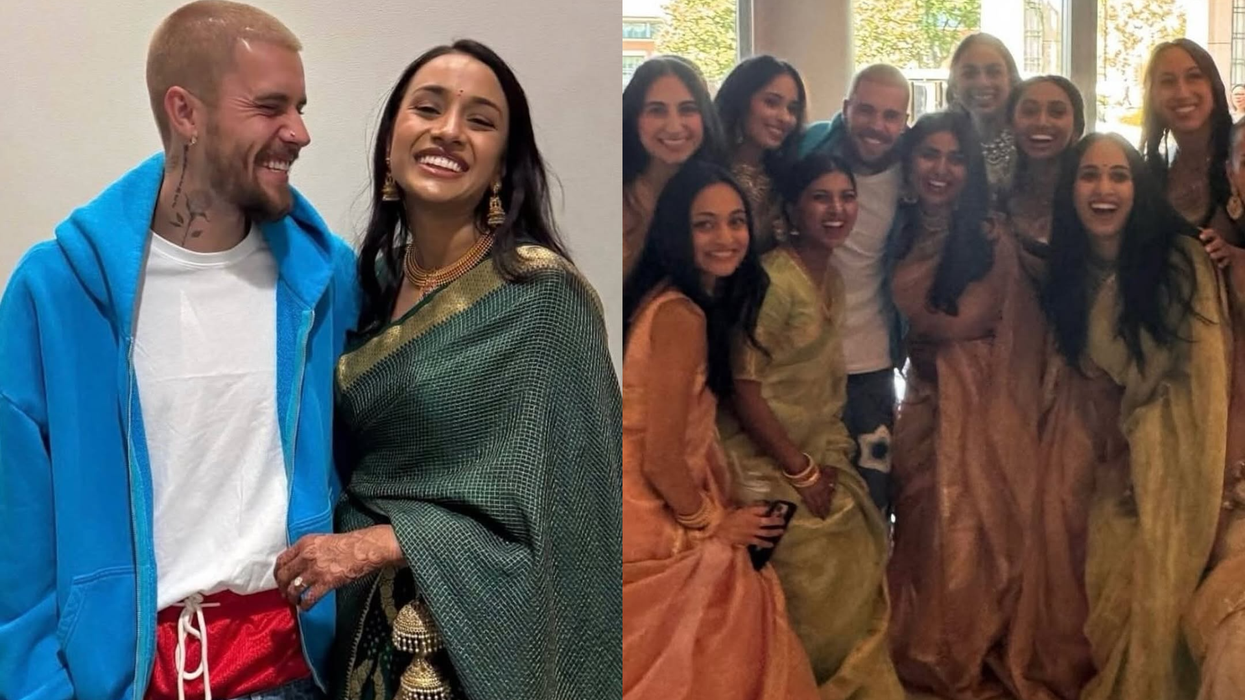
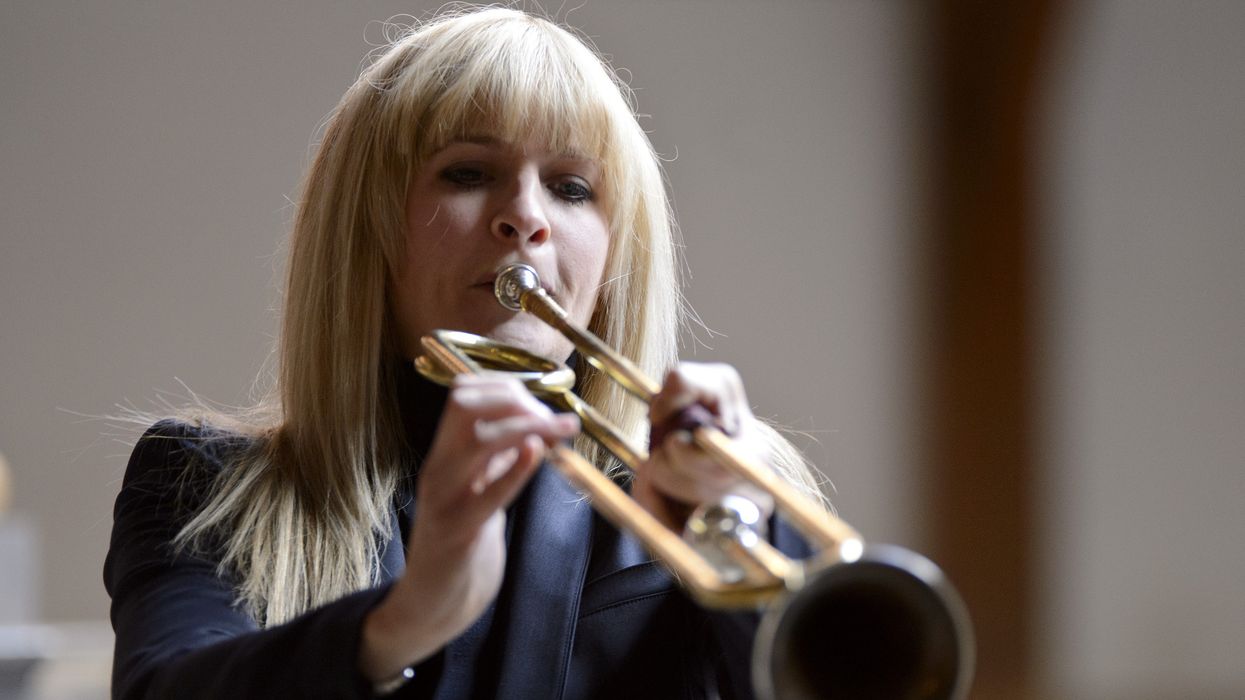
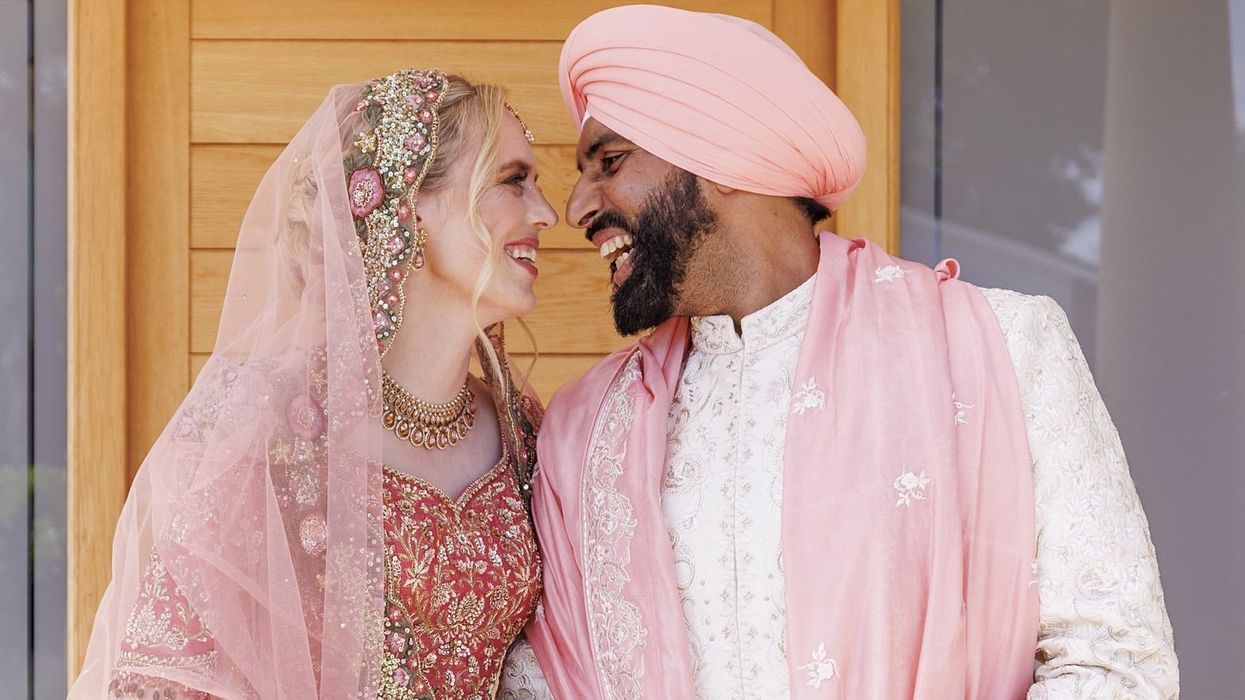

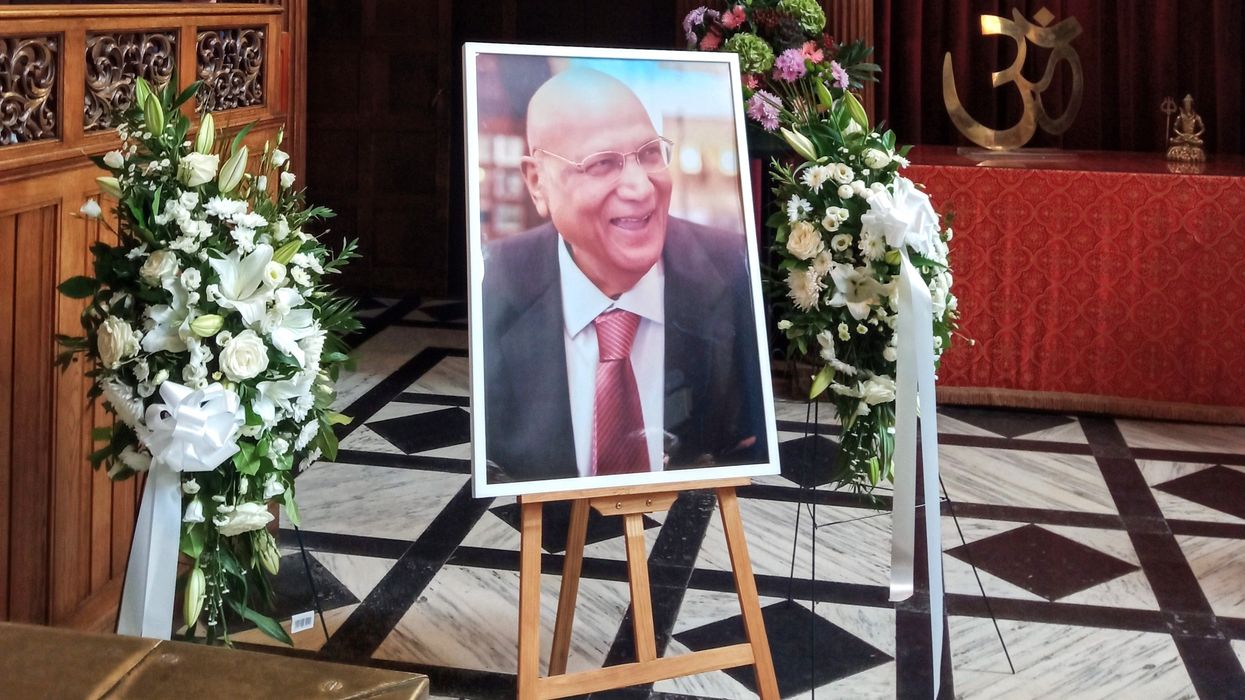
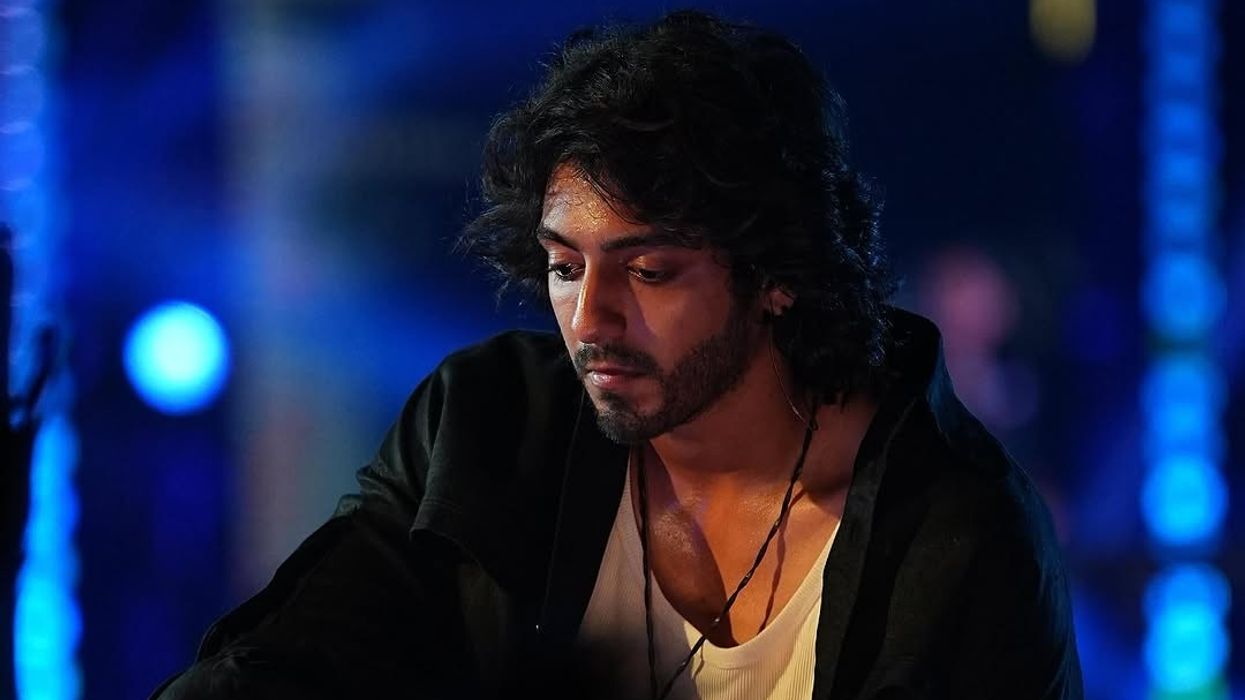

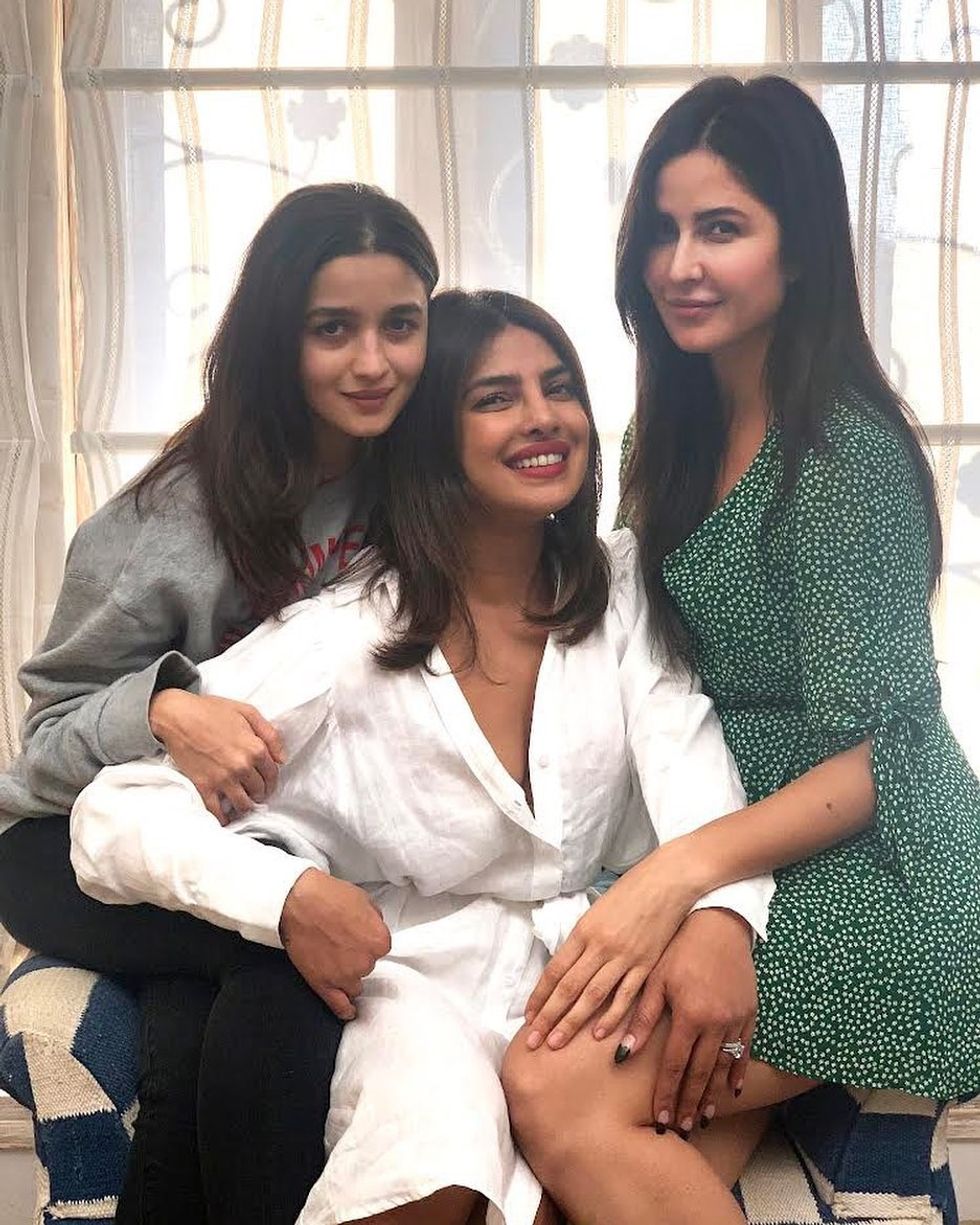 Farhan Akhtar confirms Jee Le Zaraa is not shelved but cast uncertain Instagram/priyankachopra
Farhan Akhtar confirms Jee Le Zaraa is not shelved but cast uncertain Instagram/priyankachopra 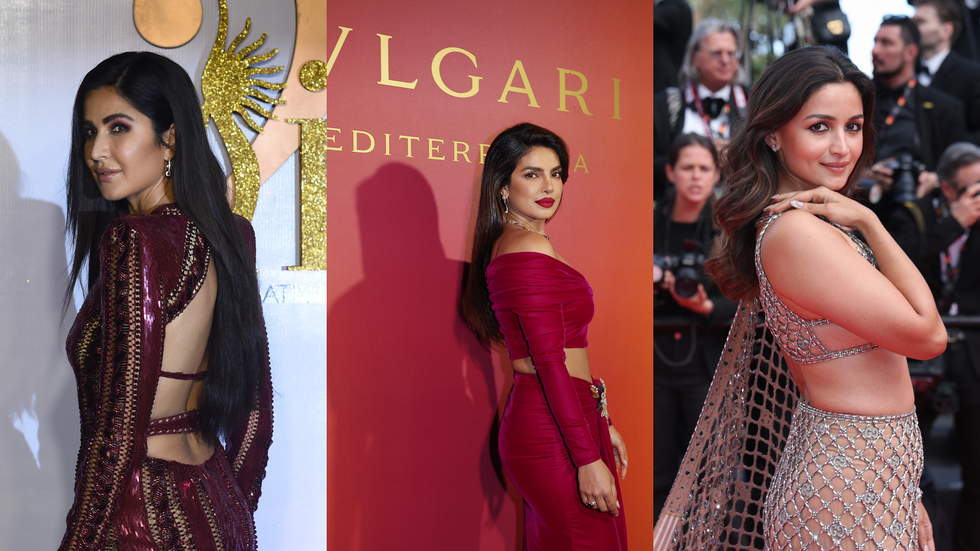 Fans await clarity on whether Priyanka Chopra, Alia Bhatt and Katrina Kaif will reunite on screen in Jee Le ZaraaGetty Images
Fans await clarity on whether Priyanka Chopra, Alia Bhatt and Katrina Kaif will reunite on screen in Jee Le ZaraaGetty Images 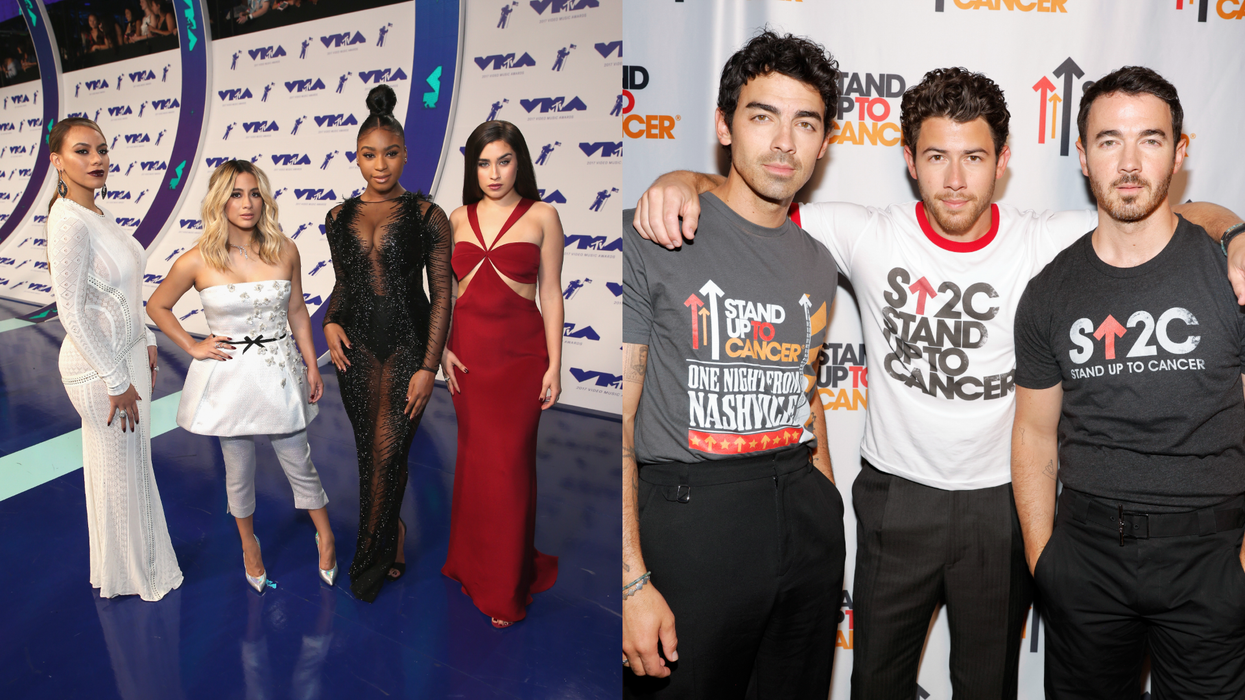
 Fifth Harmony reunite on stage in Dallas after seven years Getty Images
Fifth Harmony reunite on stage in Dallas after seven years Getty Images 
 Heidi and Leni Klum pose together in co-ordinated Intimissimi gowns at the Venice Film Festival Instagram/heidiklum
Heidi and Leni Klum pose together in co-ordinated Intimissimi gowns at the Venice Film Festival Instagram/heidiklum  Leni Klum mirrors her mother’s red carpet style in a striking black corset gown at VeniceInstagram/heidiklum
Leni Klum mirrors her mother’s red carpet style in a striking black corset gown at VeniceInstagram/heidiklum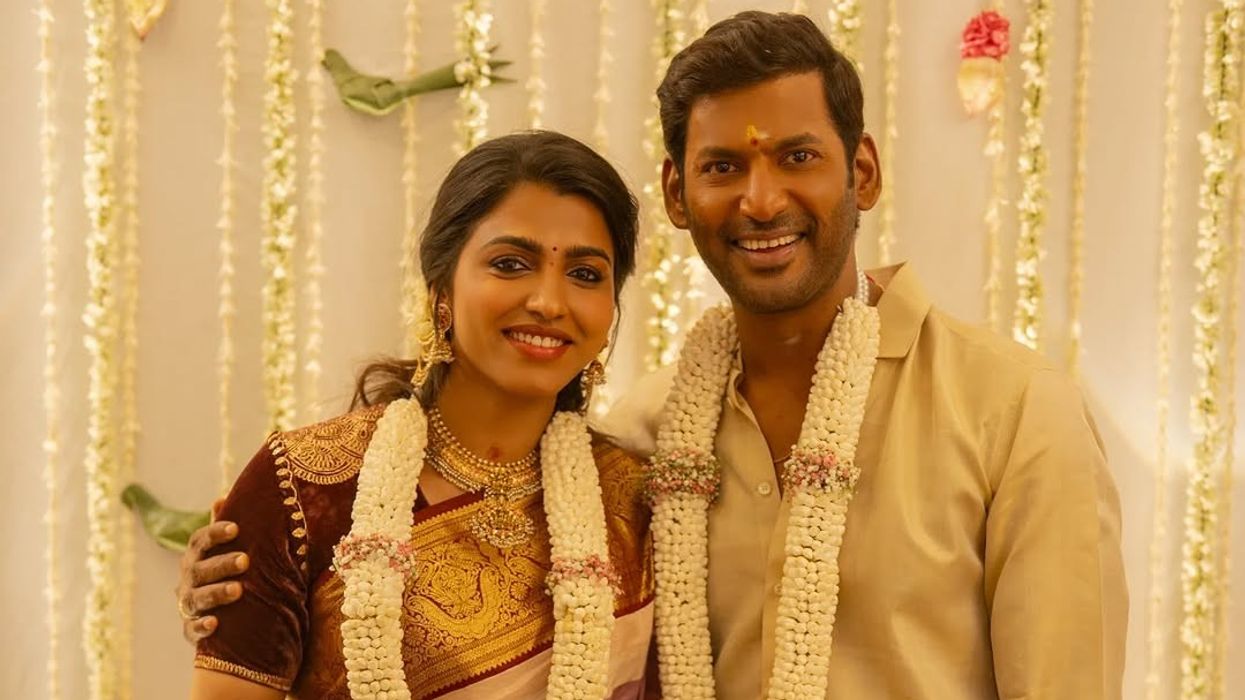
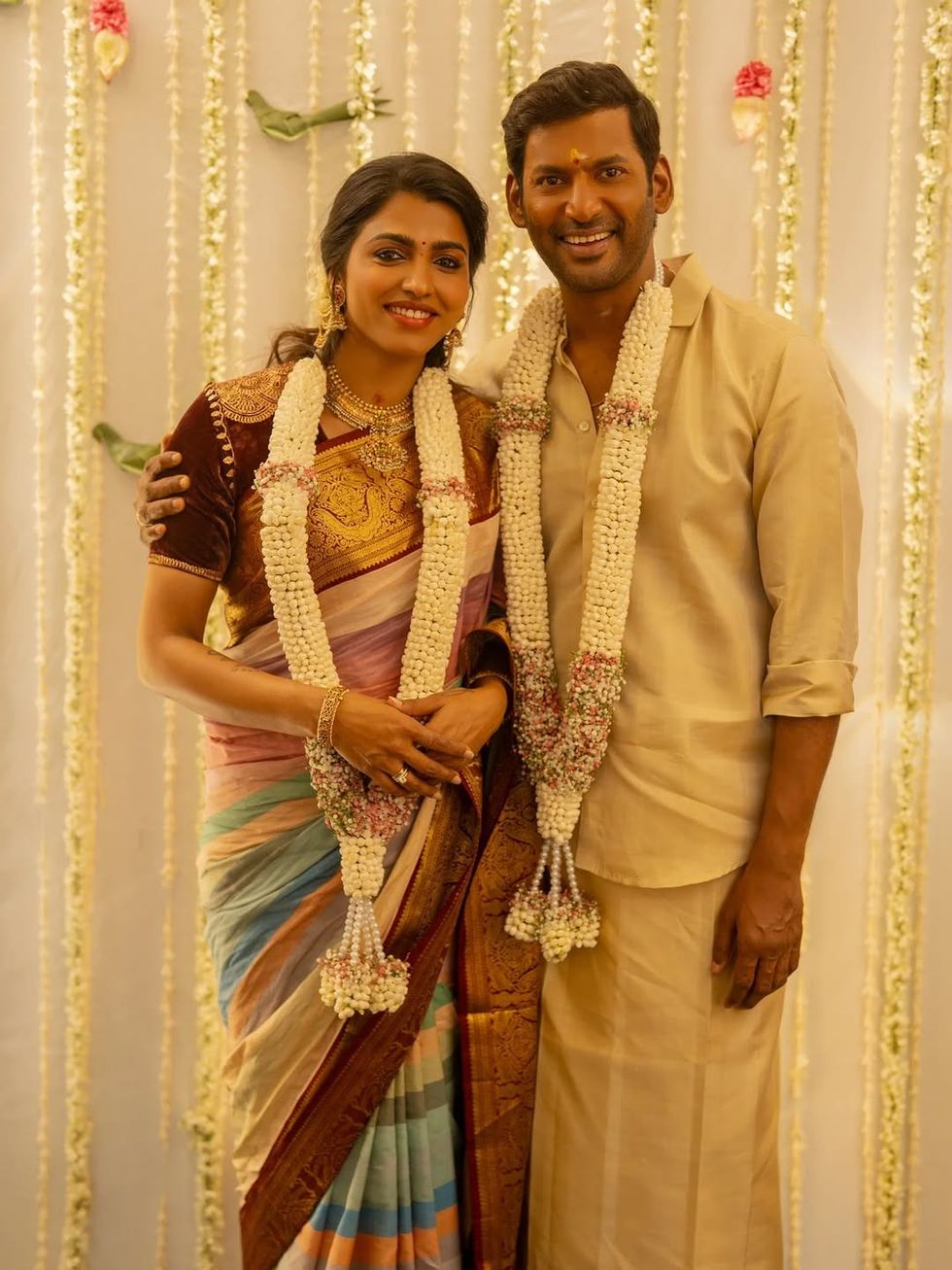 Vishal and Sai Dhanshika at their Chennai engagement ceremony Instagram/actorvishalofficial/saidhanshika
Vishal and Sai Dhanshika at their Chennai engagement ceremony Instagram/actorvishalofficial/saidhanshika